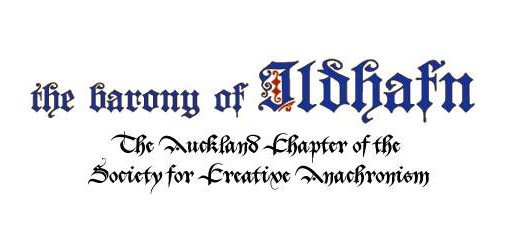Washerwomans Bransle
Date:Late 16th century Description:Washerwoman’s Bransle (also known as Branle des Lavandières) is a lively French dance from the Renaissance period. It belongs to the family of branles—circle or line dances popular in court and country settings across France and beyond. This particular dance is light-hearted and humorous in character, often …
